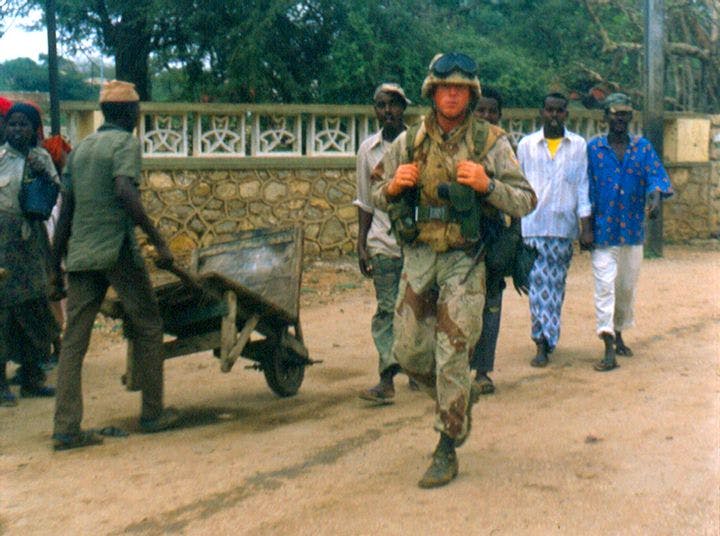Fall 2008
Bogged Down Again
– The Wilson Quarterly
What do post–Civil War Reconstruction and U.S. nation-building efforts in the Philippines, Cuba, Haiti, Somalia, Kosovo, and Afghanistan have in common?
What do post–Civil War Reconstruction and U.S. nation-building efforts in the Philippines, Cuba, Haiti, Somalia, Kosovo, and now Afghanistan have in common? The average American prematurely branded them all quagmires.
Americans are predisposed to see failure in state-building efforts, writes Dominic Tierney, a political scientist at Swarthmore College. Almost as soon as federal troops undertook Reconstruction in the South in 1865, Northerners began to lose heart over the slow rate of progress. Deciding by 1877 that the effort was a failure, they supported the troop withdrawals that would leave blacks to their fate.
Fast-forward to the second wave of nation-building, at the turn of the 20th century—in the Philippines, Cuba, Haiti, and elsewhere. In Manila, Mark Twain wrote, America blundered into “a mess, a quagmire from which each fresh step renders the difficulty of extraction immensely greater.” In 1933 President Franklin D. Roosevelt promised to end the interventions.
After the Cold War, the United States launched another round of interventions, in Somalia, Haiti, and Kosovo. “In a now familiar pattern,” Tierney writes, “Americans perceived every one of these missions as a failure.”
Yet in the course of intervening in Somalia during 1992 and ’93, the United States saved probably around 100,000 lives, halved the number of refugees, and repaired much of the infrastructure, at a cost of 43 American lives. Likewise, the U.S. force present in Haiti from 1994 to ’96 reinstalled an elected government, mitigated suffering, halted the exodus of refugees, supervised elections, and trained police at a cost of four American lives. Even so, Somalia is considered a military disaster; Haiti, a failure.
The long newsreel of U.S. nation-building includes only one scene that the public applauds as successful—the reconstruction of Germany and Japan after World War II. The postwar exception to the quagmire axiom shows that Americans approve of nation-building only when the nation turns out looking a lot like the United States.
Americans today are inclined to seize a verdict of failure from the jaws of success.
Vietnam appears to be a turning point in quagmire history. It evokes such negative memories that even oblique references skew polling results about nation-building. Responses were 15 percentage points more positive toward U.S. efforts in Somalia when the question contained no allusion to Vietnam than when it did. Most observers do not compare the results of recent nation-building efforts to the results in Vietnam, but, rather, look at basic information about a mission and “see failure analogous to Vietnam,” Tierney says.
Rogue states, failed states, weapons of mass destruction, and terrorism are likely to require more nation-building in the future, according to Tierney, even as Americans today are inclined to seize a verdict of failure from the jaws of success. The best presidential strategy for the inevitable need to rebuild chaotic countries is to avoid grandiose claims, promote a long-term perspective, and fight back the tide of skepticism and disillusionment.
* * *
THE SOURCE: “America’s Quagmire Mentality” by Dominic Tierney, in Survival, Winter 2007–08.
Photo courtesy of Flickr/John Martinez Pavliga
